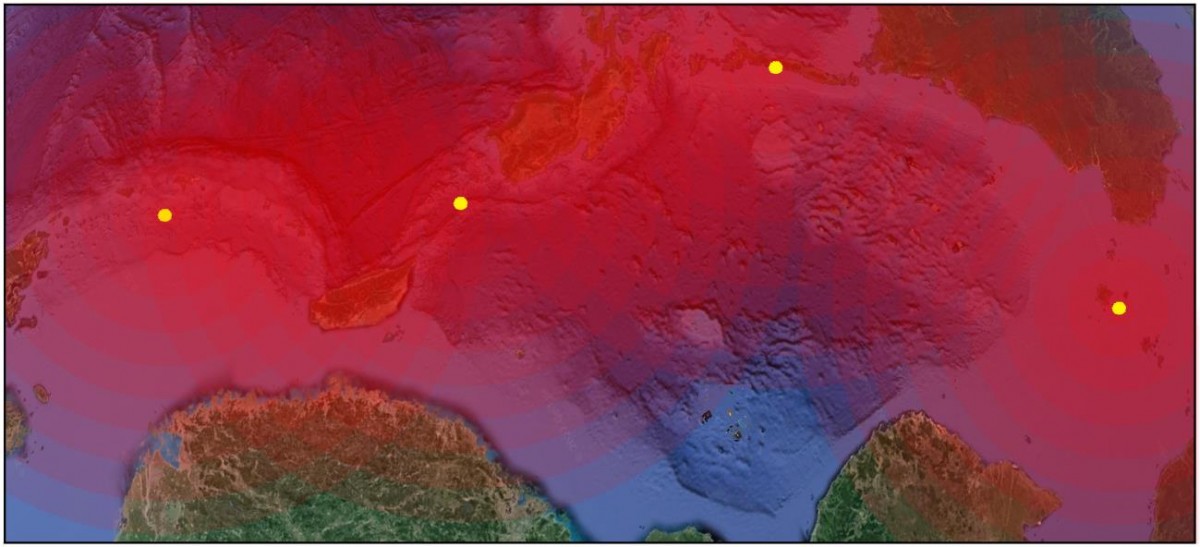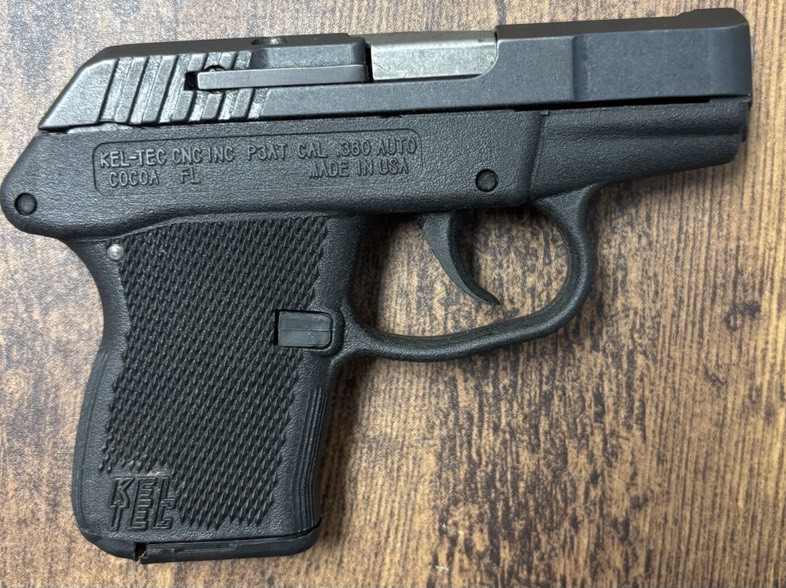Part 2 Part 1 US Marine Corps EABO is Not Prepared for a High Altitude Electromagnetic Pulse HEMP Attack
FD 2030 markets to the Joint Force an overwhelmingly land-based force that is immersed in a threat environment more akin to Army forces in Europe, considering Chinese capabilities. Yet, the USMC is throwing itself into the breach of a nuclear battlefield mission for which it lacks the requisite training, education, equipment, and above all historical reference.
EABO vulnerability to HEMP is easily the most glaring USMC handicap to mission accomplishment and the most hazardous gap in MLR force protection. The Chinese grasp that communication to and within the distributed EABO force is its TIW Achilles Heel in the 1st Island Chain. MLR C4I will very likely be targeted early in an escalating conflict using HEMP as the most efficient tool.
Some FD 2030 C4I experts may say the EMP threat will be largely mitigated aboard EABs by using fiber optics and free space optical communication systems that eliminate the need for vulnerable conductors, and even some RF antenn
Still, the devices that source fiber optic and free space optical systems are electronic and remain susceptible to EMP E1 damage. These include optical network terminals, fiber optic amplifiers, and powered LED or laser sources for free space optical systems. Has the FD 2030 team thought about the interdependencies of fiber and electronic systems in assessing HEMP risks?
Other C4I experts will counter that HEMP effects on USMC communications equipment will be tolerable since the E1 pulse waveform only contains damaging frequency components from DC to 1 GHz, a fraction of useful bandwidth.
That is a misinterpretation. The E1 is so short in duration and intense in peak power that it induces a destructive high voltage current spike in conductors of any length. Digital man-packed and hand-held devices, and small self-contained systems may only experience reversible upset. However, any systems tethered to antennas, power sources or accessories will couple with E1 energy, and more significantly with the follow-on E3 heave wave energy.
Some older C4 systems such as SINCGARS radios are presumably shielded to 50kV per meter. Today AM General is marketing its 1980’s-vintage HMMWVs as allegedly immune to EMP effects, and possible alternatives to the likely vulnerable JLTV. But external conductors can compromise any protected systems. These include power chords, earphones, grounding cables and inadvertent vehicle or structure contact. Also, EABs will likely establish remote antenna farms and employ back-up generators, both of which are extremely vulnerable to E3.
Some FD 2030 team skeptics may observe that Chinese HEMP employment in theater is unlikely to occur as fratricide from any regional HEMP detonation will devastate China’s eastern seaboard and military forces deployed in theater.
However, for decades China has anticipated HEMP effects and mitigated them in tactics and hardened military equipment design. China also benefits from HEMP-hardened mainland infrastructure, and a well-developed and rehearsed civil defense capability. The centrally informed Chinese populace has recently been told to prepare to endure wartime hardships and deprivations in the face of which they have been extraordinarily resilient throughout their history. Finally, the Chinese arsenal conceivably includes Super HEMP weapon case designs exhibiting enhanced prompt gamma ray directionality for more discriminate in-theater targeting.
One must ask FD 2030 team members if their comfort in alleged Chinese hesitancy is founded in credible intelligence and team research confirming that Chinese HEMP employment in TIW is just a bluff?
The Chinese preference to employ HEMP against the U.S. has been public for decades. The specifications of new FD 2030 NDI and COTS systems are also regularly published in commercial and USMC approved articles exposing their vulnerabilities for adversaries. Since USMC weapons and equipment are probably not robust in a HEMP environment an MLR will likely face a battlefield catastrophe in an unrestricted conflict with China. Is this something that the FD 2030 team has gamed at the technical level?
On the other hand, the U.S. Army appears to be better equipped for the USMC’s FD 2030 scheme. The U.S. Army Space and Missile Defense Command (SMDC) and its Cold War predecessor commands have served as tactical missile and nuclear warfighting experts since WWII. Throughout the Cold War the Army deterred and defended against Warsaw Pact invasion from undisclosed sites throughout West Germany. Nuclear trained artillerymen and missileers equipped with mobile artillery, rockets and missiles constituted NATO’s first line of defense, located well within the Axis WEZ. Many surface to surface delivery systems were armed with nuclear weapon projectiles and warheads.
Legendary Army systems included the Davey Crocket and Honest John rockets, and Lance, Pershing I, and Pershing II missiles. Those Army terrestrial nuclear stand in forces performed commendably and were a decisive factor in the U.S. Cold War victory.
Among key Army leaders there is a confident, competence-based welcoming of the Army’s 1st Island Chain challenges. The Army maintains faith in and the critical need for armor protected firepower, tubed artillery, combat engineers, and plentiful tactical air support. Considering the Army’s superior HEMP survivability the FD 2030 team could ask it to assume the Marine Corps EABO mission as well.
Then again one might ask why the Army has not already seized the opportunity to mirror the Corps’ EABO wisdom, or expressed any interest in absorbing our mission? Answers to those questions would greatly assist the FD 2030 team.
China’s liberal use of HEMP must be anticipated. We should not compromise our legendary common sense, talent and accomplishments just to have a seat at the table in a fight we are not suited for. It is not in the U.S. national interest to allow the Marine Corps to risk humiliation on a modern battlefield when its critical vulnerabilities are widely known well in advance.
If the USMC did change course it’s new unprotected kit procurements would not be wasted. They are suitable complements to the combination of arms of our traditional MAGTF, if the capabilities divested can still be salvaged. USMC can resume its role as a most flexible and responsive middle-weight force suited to engage less sophisticated enemies where the nuclear and HEMP threats are negligible.
Knowing now that we are ill-equipped to fight in China’s TIW environment we could consider relinquishing our EABO mission and return to our shipboard MAGTF roots in support of all Combatant Commands. There may still be time to alter course.






